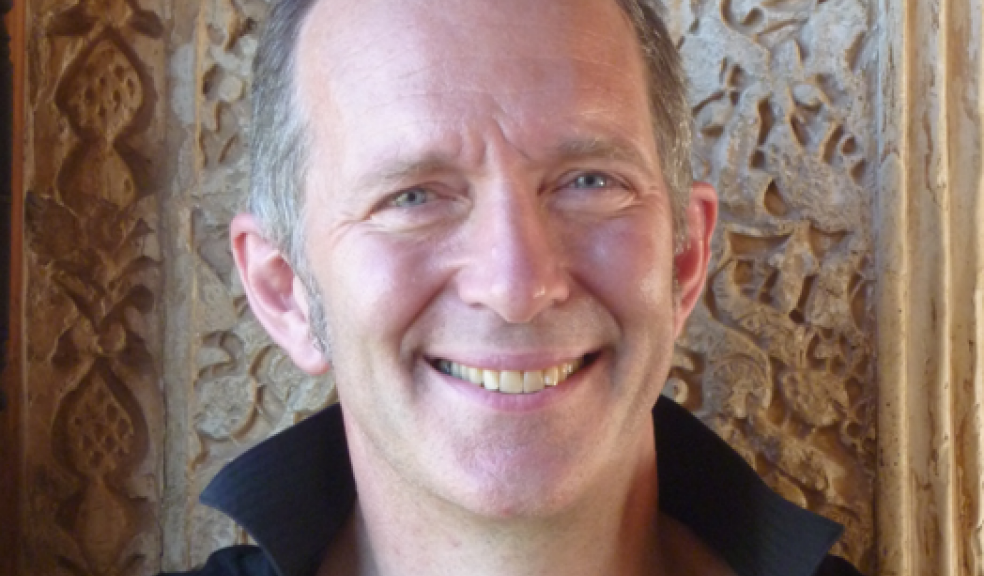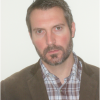
Eureka moments between sciences and the arts
Exeter academics have secured two of seven research awards to explore the cutting edge relationships between the sciences and the arts and humanities.
The Innovation Awards funded by the Arts and Humanities Research Council (AHRC) will enable Professor Adam Zeman, from the University of Exeter Medical School, to study the ‘Mind’s Eye’, the distinctively human ability to imagine. It will also enable English lecturer Dr Jason Hall to explore the competencies and skills needed for the construction of the early 19th century Latin Verse Machine.
These new awards will provide researchers with the opportunity to focus on innovative and collaborative inter-relationships between the sciences and the arts and humanities, and to develop shared ways of working in new or emerging fields.
The neural basis of visual imagination and its role in culture involves a range of researchers from different disciplines. Professor Zeman explained: “The Mind’s Eye project will unite researchers who normally work in isolation from one another in order to study our distinctively human ability to imagine. It will highlight links between our experience, brain science and art and throw light on the wide variation in our capacity to 'visualise'.”
A Victorian special purpose computer best describes the Latin Verse Machine, an early multi-media machine where words were pre-encoded on turning cylinders, whose projecting pins would cause letters to drop, firming Latin verses. The ‘Poetry by Numbers,
Then and Now: Metre, Mathematics, Machines and Manufacture’ project also looks at the meeting of the literary arts and technical engineering. It will also explore how these specialisms can be put to productive use now as a way to inform restoration projects relating to Britain's technological heritage. Dr Hall said: “This innovation award will enable us to find out more about a one-of-a-kind Victorian computation device—a proto-computer—and support restoration work that will preserve the machine for future generations’.”
AHRC Leadership Fellow for Science in Culture Theme, Professor Barry Smith, commented: “Some of the most innovative projects we see these days come from significant collaborations between the sciences, the arts and humanities. These novel interactions bring about new approaches to a shared topic, creating the potential for new knowledge, opening up new fields of inquiry and bringing about new ways of working.”


















